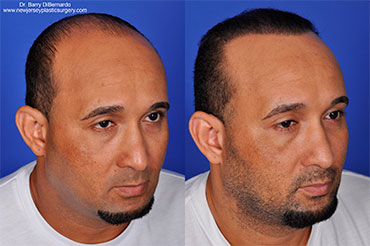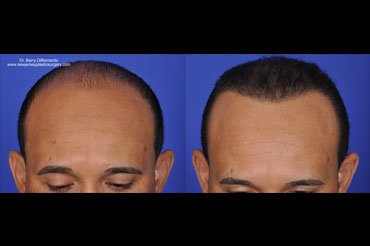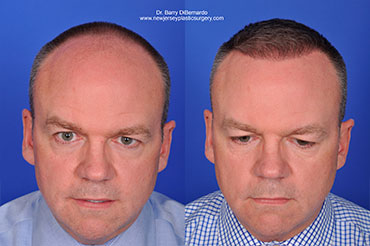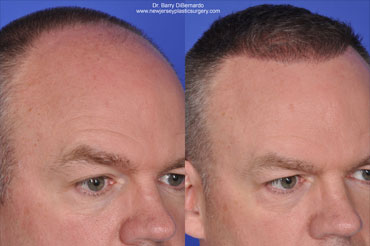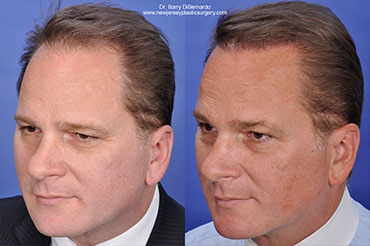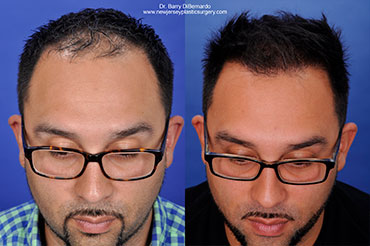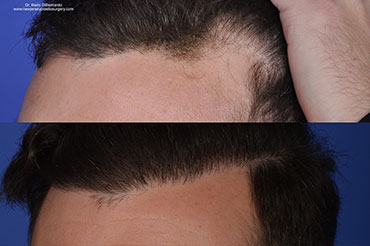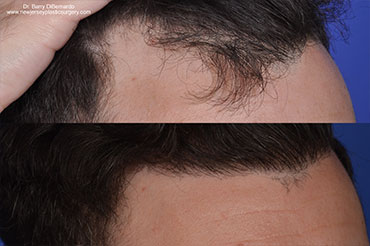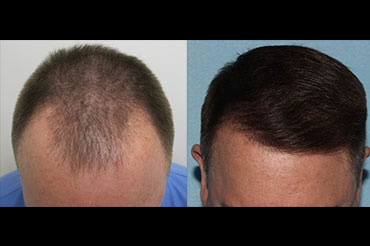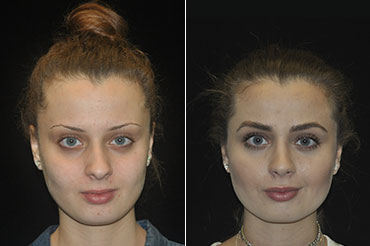Hair Loss and Hair Restoration Solutions for Women
When talking about hair loss, one assumes that it’s a “male issue”. Yet, about 40% of people struggling with hair loss are women, leading to an estimated 30 million American women who suffer from female pattern hair loss (FPHL). Although women’s hair loss is not often discussed, half of all women will experience hair loss in their life. While it’s rare for a woman to experience complete baldness, hair loss is still a problem for many women. Women don’t typically have a receding hairline like men, however they still face other hair loss issues that can greatly affect their appearance, causing a tremendous lack in their self-esteem and self-confidence.
How and Why Do Women Lose Their Hair?
Women generally lose hair over the crown of the head, causing a slow thinning of the hair. This is why a common complaint from women is an “over-all” hair thinning. Other common hair loss problems in women are found in the temple area, eyelashes, eyebrows as well as in the center of the scalp, often referred to as the “part line.”
Many factors can contribute to hair loss in women. Some include: scarring from surgery, alopecia conditions, medication, the birth control pill, childbirth and cancer treatment. A frequent cause of female hair loss is extreme stress as well. Cortisol, the stress hormone, interferes with the body’s hair growth system. Cortisol can actually disrupt the growth of hair follicles and can be a major factor in hair loss in general.
Hair Replacement Options for Women
Although hair restoration and replacement options have been marketed to men for decades, female hair loss is a significant issue that deserves real solutions. Minoxidil, the only topical medication approved by the FDA for pattern hair loss in women, is estimated to re-grow hair in about 81% of women who use it. However, the key when using a topical medication is timing. If there has been a significant amount of hair loss or thinning, a topical medication may not be as helpful. Other restoration options include certain types of hair transplants like the strip method technique or follicular unit transplantation (FUT), but these can be painful and involve long recovery times. Yet, with innovations in hair restoration technology there are new minimally invasive options for women to permanently grow their hair back.
SmartGraft – the Ideal Choice for Many Women
With SmartGraft women can now experience hair restoration with permanent results that look and feel completely natural. In the United States, about 15% of hair transplant patients are female, a number that has increased 12% from 2012 to 2015. With new hair restoration procedures like SmartGraft this number is only going to increase. Women no longer need to suffer hair loss in silence. SmartGraft is also safe to use on eyebrows, making it an ideal solution for women with very thin or non-existent eyebrows. No more covering up hair loss with updos, hairpieces, or brow makeup! Consult a hair restoration physician today about how this minimally invasive technique could give you back your hair.
Schedule a Free Consultation
Simply fill out the form below or call us on 844-32 SMART (76278)Eyebrow Re-Growth Using SmartGraft

